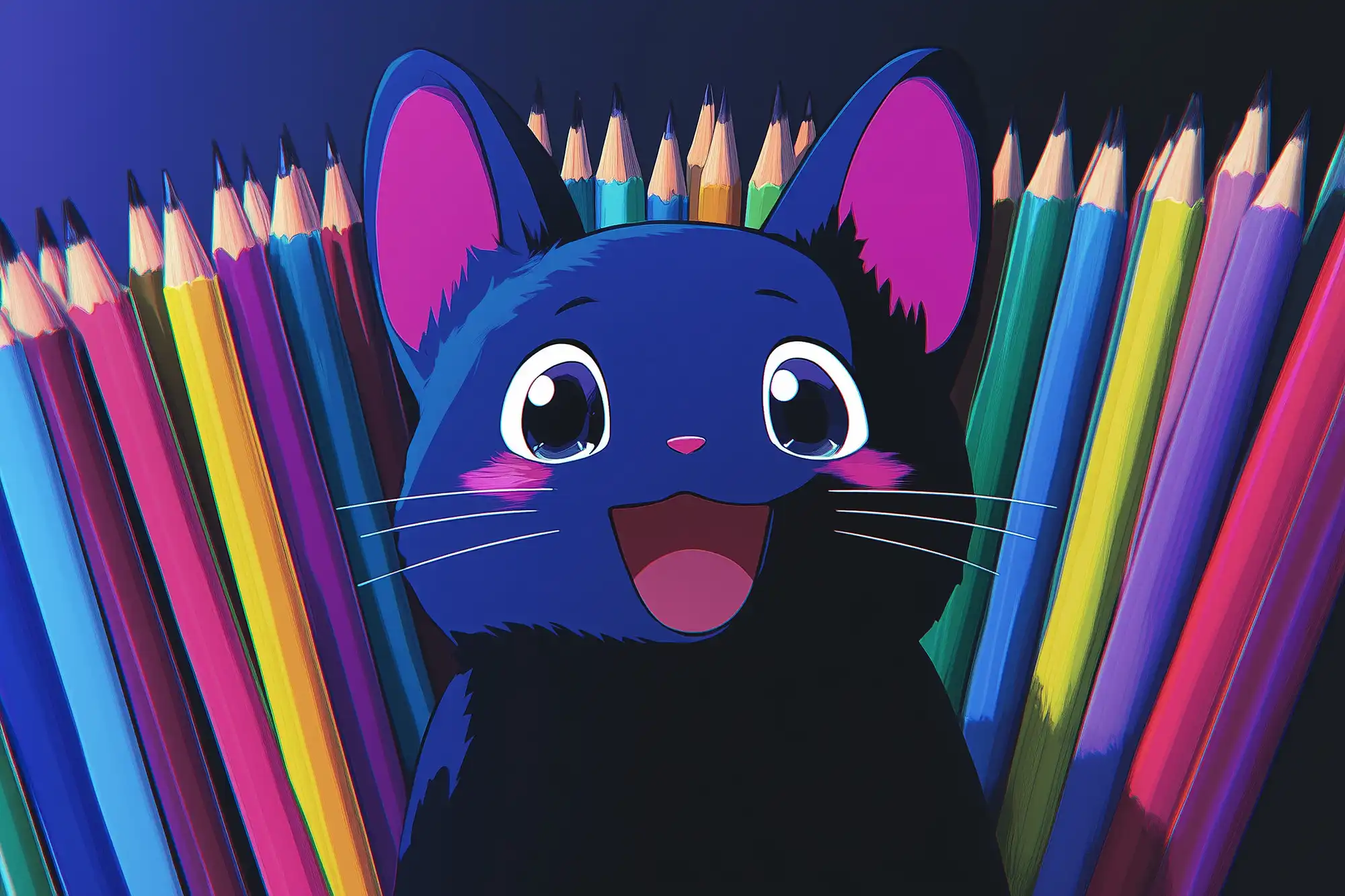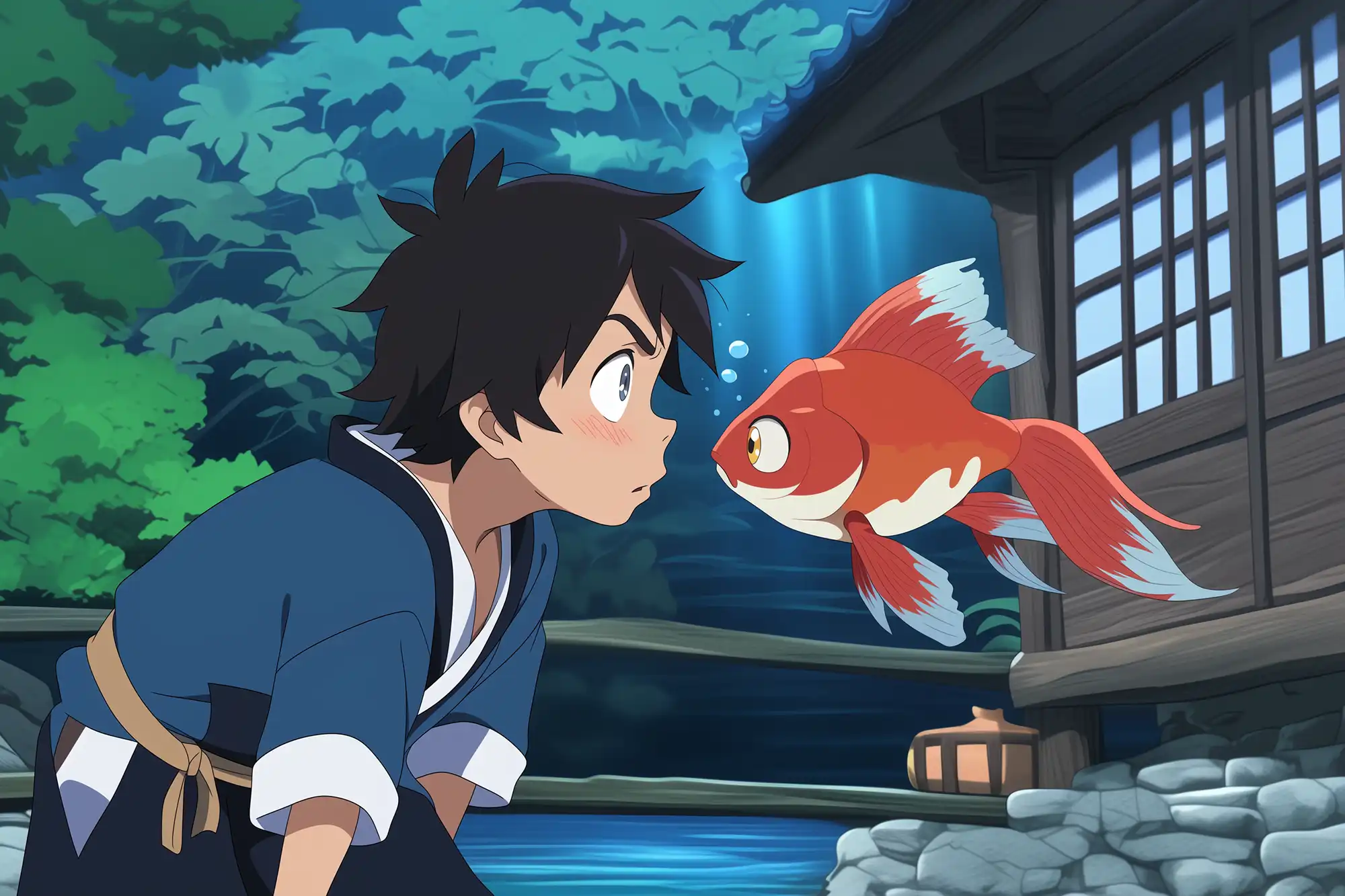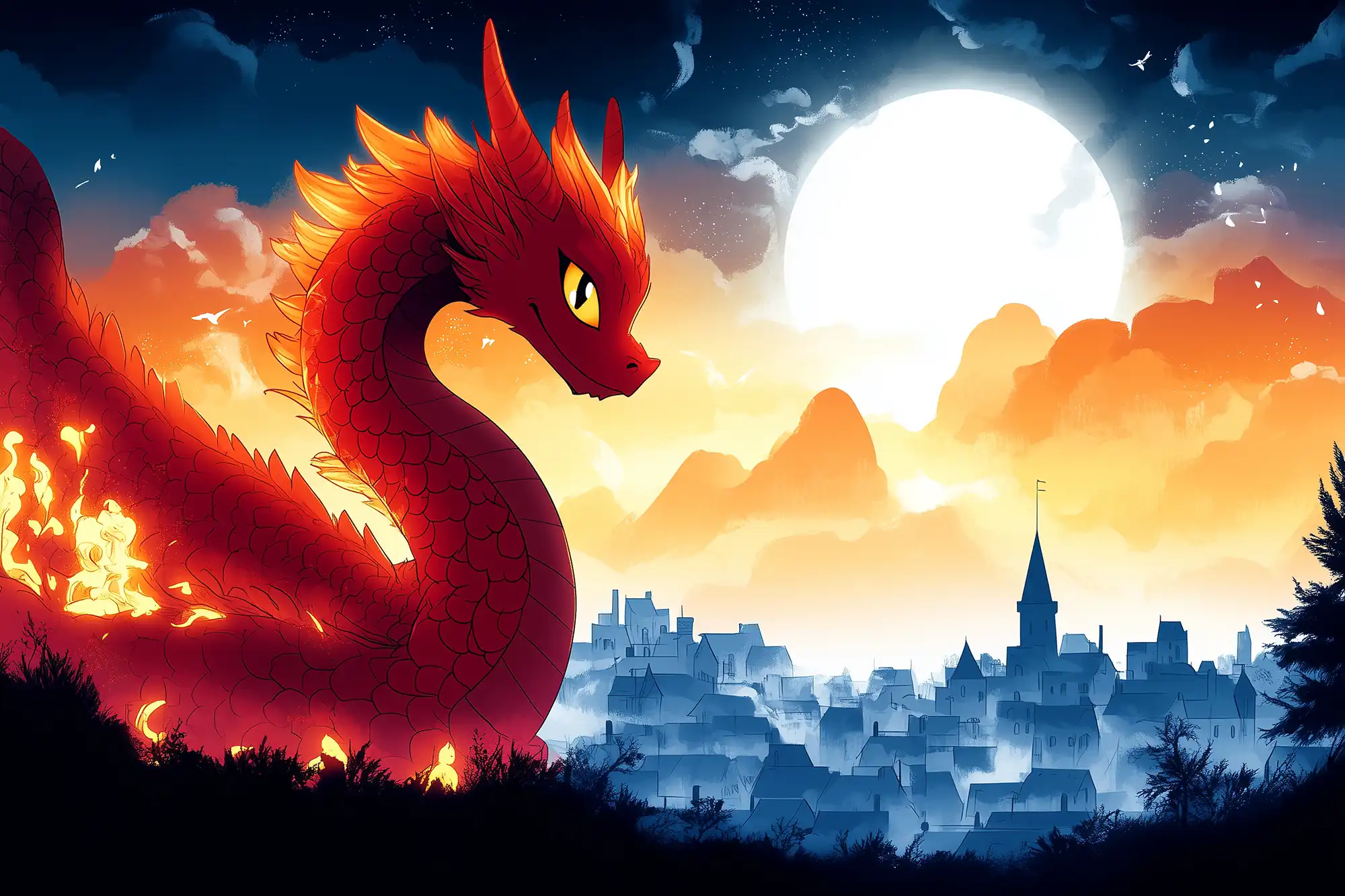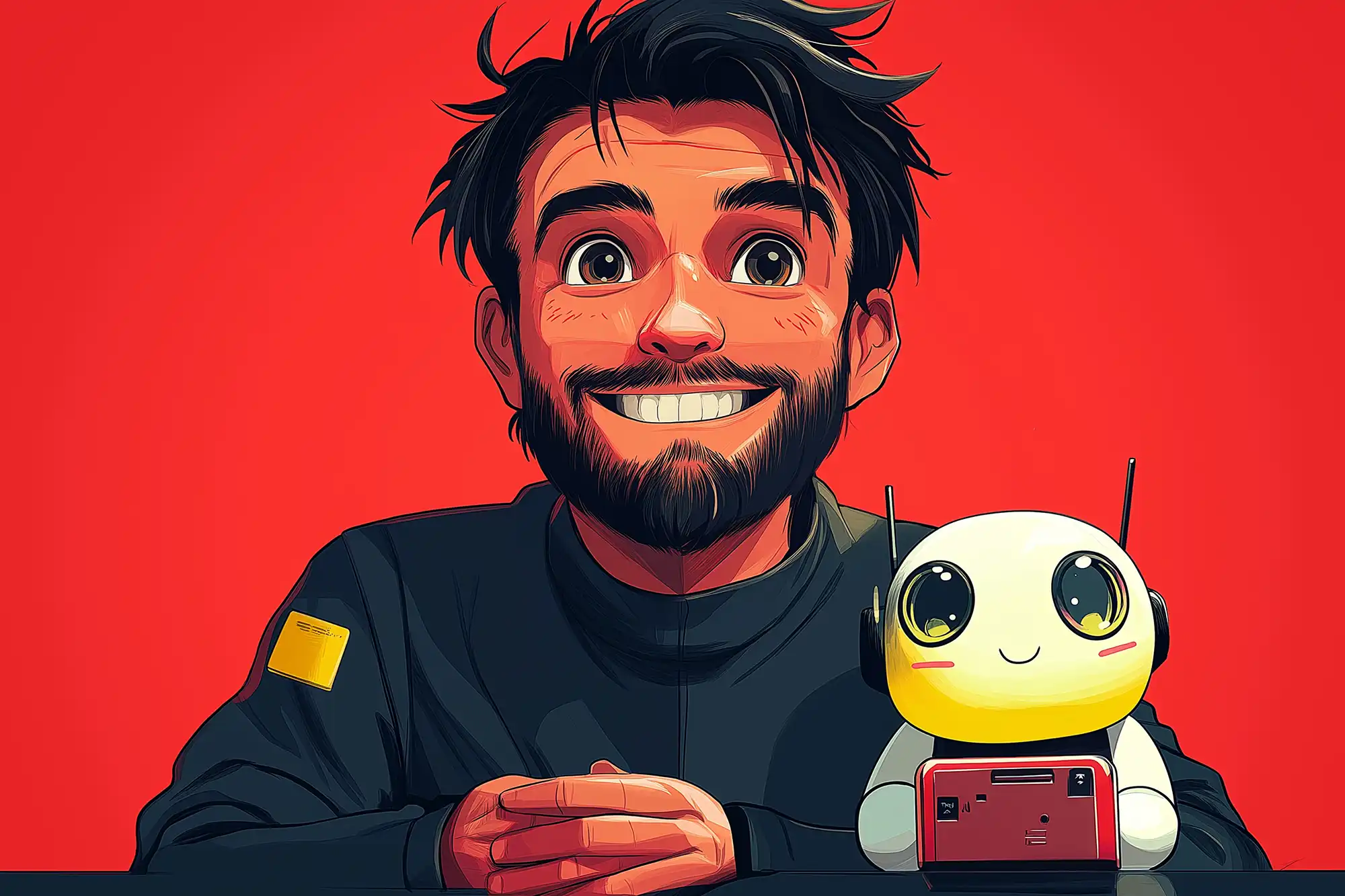What if you could ignite your creativity with just two words?
Imagine asking, “What if humans could communicate with trees?” or “What if time travel was as common as a daily commute?” These simple questions have the power to revolutionize your content, sparking limitless possibilities and breathing new life into traditional storytelling.
The brilliance of this framework lies in its simplicity. It starts with a single, thought-provoking question that serves as a springboard for creativity. These “What if” scenarios challenge you to envision the unimaginable, turning abstract concepts into tangible narratives.
The framework also has the power to boost the way you connect with your audience. Provocative and imaginative scenarios naturally draw in readers, listeners, or viewers, as people seek content that stimulates their minds and fuels their imagination.
The “What if” Framework
The framework comprises four key probing questions, each serving a distinct purpose.
What If…?
The journey begins with the deceptively simple question, “What if?” This is the spark—an open-ended invitation to wander into uncharted territories of thought. For instance, “What if time travel were possible?” or “What if cities floated on the ocean?” These inquiries aren’t bound by reality; instead, they pry open the doors of imagination, setting the stage for innovative content ideas. The beauty of this question lies in its ability to shift perspective, encouraging us to look beyond the norm and envision the extraordinary.
Why Would This Happen?
Once you have your “What if” scenario, the next step is to dig deeper with “Why would this happen?” This question adds depth, moving the narrative from mere fantasy to plausible consideration. It encourages us to explore the underlying causes and contexts that could lead to such a scenario. For example, if your initial question was “What if cities floated on the ocean?” the follow-up might involve considering technological advancements, environmental changes, or societal needs that could lead to such a development. This step helps ground your narrative, making it more relatable and intellectually stimulating by linking imagination with logical reasoning.
What Would Be the Impact?
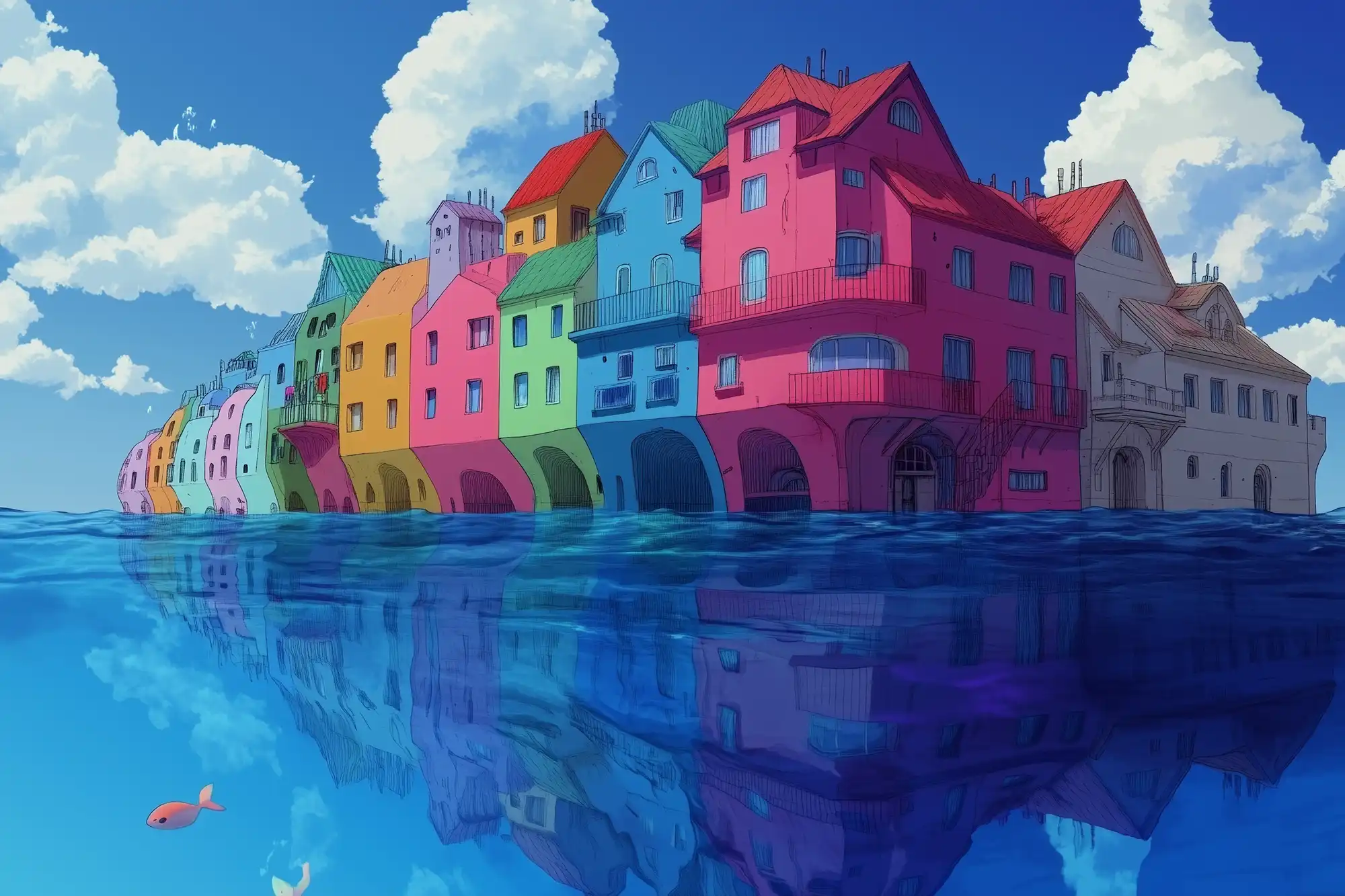
With a foundation laid, the framework further evolves with “What would be the impact?” Here, the focus shifts to potential consequences, inviting us to envision the ripple effects of the hypothetical scenario. Consider the multifaceted outcomes of a world where cities float on oceans—how would economies shift, how might cultures evolve, or what environmental impacts could arise? This question transforms the narrative into a dynamic exploration of change, challenging us to think critically about the broader implications.
Who Would Be Affected?
Finally, the framework becomes even more intricate with “Who would be affected?” This question draws out the human element, compelling us to consider stakeholders involved or influenced by the scenario. It adds a layer of empathy and relatability, as real-world narratives resonate more deeply when they reflect personal experiences or concerns. For example, floating cities might impact farmers and fishermen. By identifying these stakeholders, you can narrate stories that are compelling and relatable.
In essence, these four questions guide us from the initial spark of an idea to the crafting of a nuanced, engaging narrative.
Bringing “What if” to Life
The heart of your creative exploration starts with selecting a compelling “What if” question. Think of this as choosing the seed from which your narrative will grow. Consider what captures your imagination or what topics are trending yet unexamined. It might be as ambitious as “What if humans colonized Mars?” or as intimate as “What if memories could be recorded and replayed?” Look for questions that challenge the status quo and invite further exploration.
Then the framework’s two middle questions—”Why would this happen?” and “What would be the impact?”—come into play. By exploring the ‘why,’ you add depth, examining the causes that could lead to your scenario. Is it a technological breakthrough, a societal shift, or an imaginative leap? Next, consider the ‘impact.’ What are the potential outcomes and consequences? This approach not only provides clarity but also builds a robust foundation for your narrative, making it more engaging and thought-provoking.
With a vivid scenario in hand, you’re ready to weave these insights into a compelling story. This is where the magic of storytelling takes center stage, transforming abstract ideas into a journey for your audience. Start by painting a picture of your hypothetical world, drawing readers in with rich details and evocative imagery.
Use the answers from your probing questions to create tension and intrigue, guiding your audience through the narrative’s twists and turns. Remember, a good story resonates on an emotional level, so ensure you incorporate the human element—the ‘Who would be affected?’ This adds relatability and emotional depth, inviting your audience to connect with the characters and scenarios you present.
Finally, consider how best to present your story. Whether it’s a blog post, a podcast, a video essay, or even an infographic, the choice of format should align with both your target audience and the strengths of the medium. For blog posts, focus on descriptive storytelling that captures the imagination. In podcasts, take advantage of immersive audio storytelling, using sound to enhance the narrative. Videos allow for visual storytelling that brings scenarios to life, while infographics offer succinct, visually appealing ways to convey complex ideas.
Benefits for Content Creators
When content creators encounter the “What if” framework, they’re stepping into a treasure chest of creativity, audience engagement, and structured flexibility.
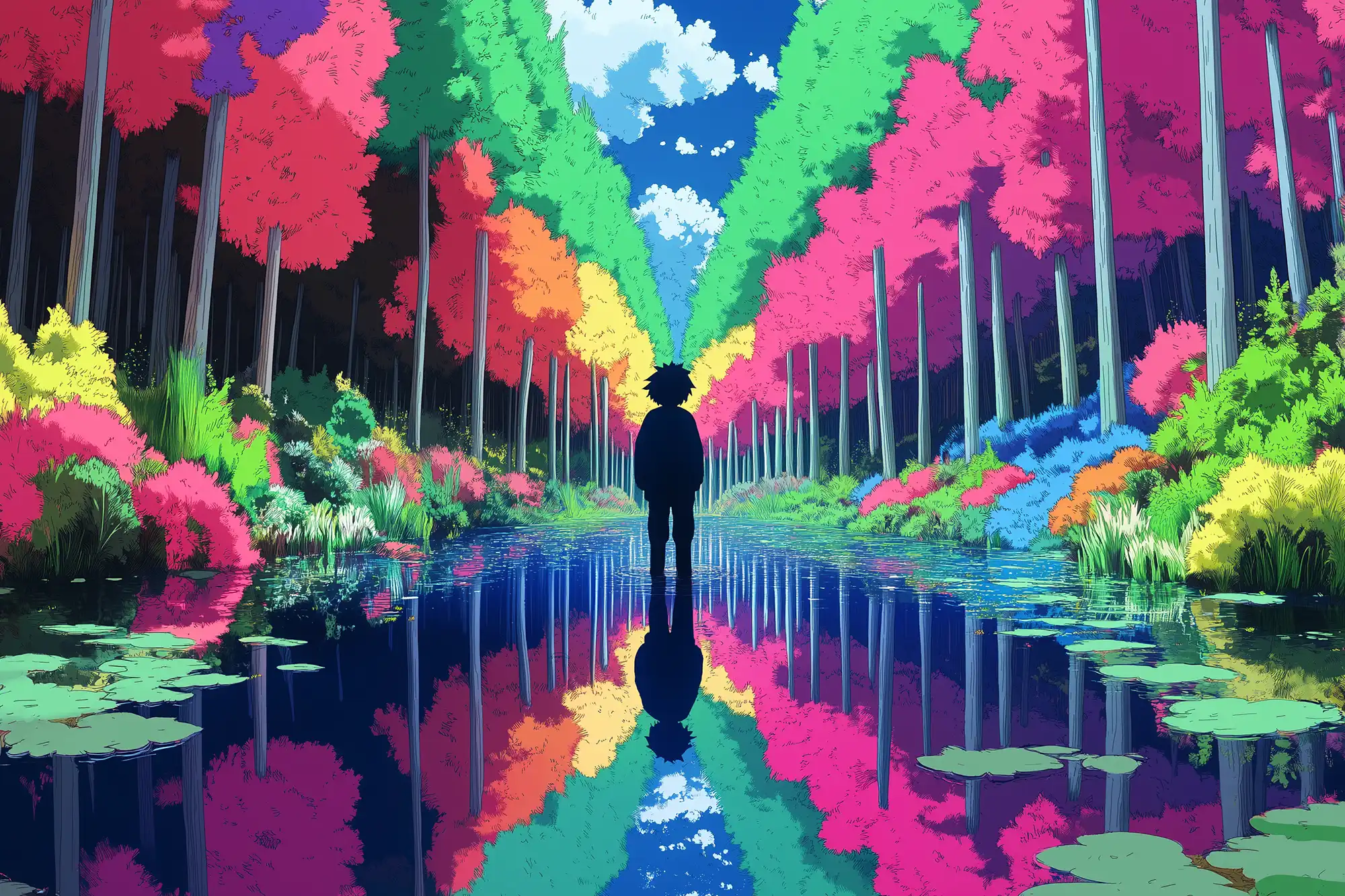
Each question acts like a key, unlocking doors to unexplored realms. This framework doesn’t just nudge you out of the box; it invites you to dismantle it entirely. By asking bold and unconventional questions, you pave the way for ideas that are audacious and innovative.
When you pose a “What if” question about a topic that seems thoroughly covered, you instantly breathe new life into it. Ask, “What if cities were designed to float?” and you find yourself pondering not just architecture but societal shifts, environmental innovation, and new lifestyles. Such exploration leads to unique perspectives and fresh content that stands out in any crowded landscape.
When audiences encounter content that asks thought-provoking questions, they’re mentally transported to a place where curiosity and wonder reign. This approach taps into a fundamental human desire: the longing to explore the unknown and imagine the impossible.
Scenarios created through the “What if” framework foster an active engagement as audiences are prompted to reflect, ponder, and even participate in the narrative journey. Instead of passively consuming content, they become co-explorers, eager to see where the tale unfolds.
Structured Flexibility
The genius of the “What if” framework lies in its blend of structured flexibility, offering a harmonious balance between guided exploration and creative freedom. For content creators, this means having a reliable blueprint that doesn’t constrain creativity but rather channels it effectively.
While the framework provides a structure through its probing questions—starting from “What if” and moving through “Why,” “What would be the impact,” and “Who would be affected”—it does so without stifling inspiration. Creators are encouraged to follow these questions as pathways leading to richer, more nuanced content, yet the journey can unfold uniquely each time.
Moreover, this structured approach ensures that even the most imaginative ideas are grounded in logic and relevance, preventing content from veering into the abstract or inaccessible. This thoughtful balance ensures that while your content captivates with creative flair, it remains meaningful and coherent.
Examples
Let’s explore a few possible applications of this framework in the real world.
Tech Podcast
A tech podcast using the “What if” framework to launch a series called “Tomorrow’s Possibilities.” Each episode began with a thought-provoking “What if” question, such as “What if virtual reality became our primary mode of communication?” The podcast explores technical feasibility, societal impacts, and personal anecdotes from those working in the field. This format not only engages listeners with speculative content but also fosters a community of curious minds eager to explore the future of technology.
Eco-Conscious Campaign
Embracing the “What if” framework to create an eco-conscious campaign focusing on sustainability. Ask, “What if zero waste became the new normal?” The campaign includes blog posts, social media challenges, and interactive workshops. By addressing the “why,” “impact,” and “who” questions, highlight the importance of sustainability while providing practical solutions for the audience.
Financial Magazine Feature
A financial publication deploying the “What if” framework in a feature titled “The Future of Money.” By asking, “What if a single global currency existed?” they explore theoretical models, historical attempts, and expert opinions on the potential economic shifts. Through interviews, infographics, and in-depth analysis, the magazine captivates readers with a compelling narrative that combines speculative thought with financial insight, solidifying their reputation as a thought leader in the industry.
Now, it’s your turn to take the leap. Start by questioning the norms, daring to imagine the improbable, and weaving stories that explore the vast terrains of possibility. With every “What if” question you pose, you’re not only expanding your creative arsenal but also inviting your audience to join you on a remarkable journey of discovery.
In closing, let’s circle back to the beginning: “What if you could ignite your creativity with just two words?” Now you have the tools to turn that question into a reality, transforming the way you create, connect, and captivate. Your creative future awaits—why not start today?
